Chemical Burn: Common Causes, Symptoms, And Treatment
While the burn may seem complicated, treating it could actually be simple
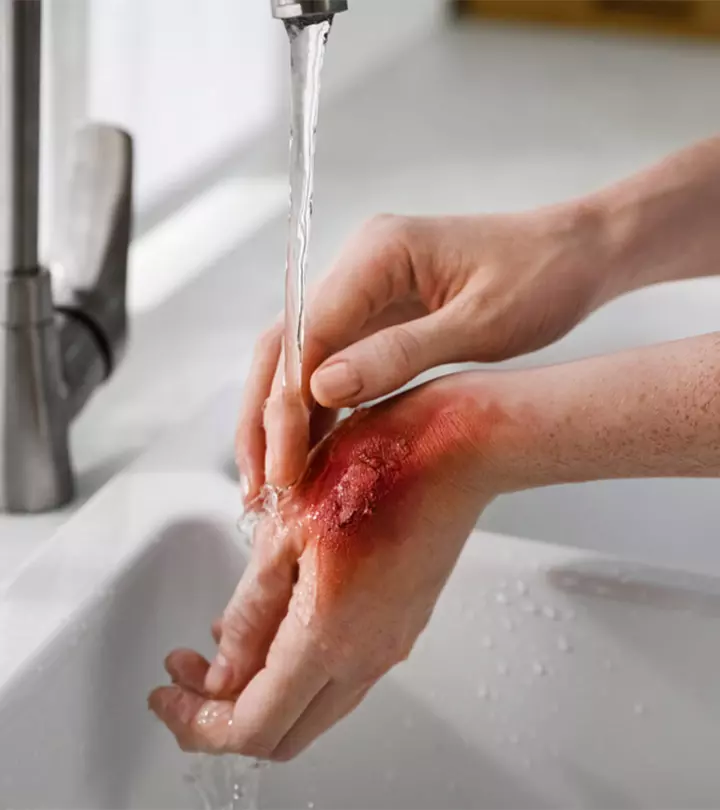
Image: Shutterstock
A chemical burn is not limited to workplace accidents. It can happen anywhere – even within the confines of your home. This is because we are always exposed to various substances, like household bleaches, cleaners, batteries, and so on, that may cause chemical burns. And learning about them is the best way to avoid such incidents and accidents. This article discusses the common causes of chemical burns, symptoms, first aid, treatment, and prevention tips. Read on.
In This Article
What Is A Chemical Burn?
Chemical burns, also known as caustic burns, occur when your skin comes in contact with acidic or alkaline chemicals, causing irritation and damage to human tissues. Human skin has a pH of 5.5, and anything with a different pH has a tendency to damage the skin. The chemicals can cause serious damage to the throat and mouth if ingested.
Chemical burns can happen to anyone at any place, including your home, workplace, school, outdoors, etc. They commonly affect the eyes, face, arms, and legs.
Many of the items we use daily can also cause a chemical burn. Know what they are in the next section.
Key Takeaways
- Chemical burns occur when acidic or alkaline chemicals cause inflammation and tissue damage on the skin.
- Substances like bleach, ammonia, drain cleaners, and dental cleaners (among others) can produce chemical burns.
- Antibiotics, anti-itch and anti-inflammatory medications, and skin surgery are some treatment options.
Common Causes Of Chemical Burns
A chemical burn is caused by substances commonly found at home, the workplace, and the environment. Some of them are:
- Household cleaners like bleach, ammonia, detergents, and drain cleaners
- Some skin, hair, and nail care products
- Dental cleaners and teeth-whitening kits
- Oven cleaners
- Pool chlorine and cleaning systems
- Cement
- Car batteries
- Gasoline
- Fertilizers
- Paint thinners
- Anti-corrosive agents
Several other products used at home and work may also cause chemical burns.
Labeling the chemical containers and storing them in safe conditions will help avoid accidents.
 Did You Know?
Did You Know?Some individuals are at a higher risk of experiencing chemical burns. Let us understand why in the next section.
Who Is At Risk?
Infants, young children, older adults, and people with disabilities are at a higher risk for chemical burns. While children may not know how to handle chemicals, older people may find it difficult to handle them properly. Hence, the risk is more for these groups. Moreover, since the surface area of pediatric skin is smaller, more absorption may occur.
People working in industries are at a greater risk of chemical exposure. Around 13 million Americans have jobs where chemical exposure is common, especially in industries like agriculture, transportation, manufacturing, healthcare services, utilities, construction, and sales (2).
Studies also show that workplace burn injuries occur predominantly among young male workers (3).
Chemical burns can also occur due to cosmetic products like chemical peels (when done by unlicensed individuals) and a few face creams, especially for people with sensitive skin. Though these are rare, they can cause severe injuries and complications. If you are trying out chemical peels for the first time, you need to know how to do chemical peel at home properly to avoid accidents.
Read on to know about the symptoms of chemical burns.
Symptoms Of A Chemical Burn
The symptoms of a chemical burn depend on different factors like:
- The type of chemical used
- Whether the chemical was inhaled, swallowed, or touched
- How long the contact lasted
- Contact location on the body
- Whether or not there were any open cuts during the contact
- The amount, strength, and state of the chemical
For example, contact with the eye will cause more damage than with the skin, as a general rule (1).
The symptoms of chemical contact with skin and eyes include:
- Itching, bleaching,or immediate darkening of the skin (4)
- Irritation, redness, and/or a burning sensation
- Numbness and pain in the affected areas
- Visual issues or loss if exposed to the eyes
The symptoms if the chemical was inhaled or ingested include:
- Dizziness
- Seizures
- Muscle contractions
- Coughing/coughing blood
- Breathing difficulty
- Low blood pressure
- Irregular heartbeat
- Cardiac arrest
It is very important to know how to treat chemical burns as they can cause severe health problems if left untreated. Read on to know more.
Diagnosis And Treatment
Before suggesting any treatment, the doctor may ask you about the type of chemical that caused the burn, its quantity, and how long it was in contact with the skin. Then, during diagnosis, they will determine the burn type (first-, second, or third-degree burns).).
The medical treatment of the burn will be based on its severity. The different ways to treat chemical burns are:
- Antibiotics
- Anti-itch medicines
- Anti-inflammatory agents
- IV fluids to normalize blood pressure
- Skin grafting (if) or cutaneous surgery
- Cleaning and removing dead tissue
 Pro Tip
Pro TipMonitoring of electrolytes, calcium, and magnesium levels is also important. In some cases, calcium injections may also be indicated (1).
Prevention is always better than cure. The following preventive tips can help one stay safe and avert chemical burns.
How To Prevent Chemical Burns
In most cases, a chemical burn occurs as an accident. You may avoid it by adhering to these tips:
- Store the chemicals in a safe place, away from children.
- Wear protective gear while working with chemicals.
- Use chemicals in a well-ventilated area.
- Keep chemicals in their original container or label the container with a strong color and maybe even a warning sign.
- Be aware of the potential risks of chemicals you may be exposed to. Be well-informed and preemptive.
- Follow the instructions and warnings before using the chemicals.
- Wash your hands after handling anything that has chemicals in it. You may use safety gloves for added protection.
- Ensure that first aid supplies are available at your home and the workplace.
Also, in industries, the employees should be informed and trained about the dangerous substances they may be exposed to. In addition, management should provide protective equipment and first-aid classes to all the employees, mandatorily.
First aid plays an important role in stopping the spread of burn and its damage. Here’s what you need to do.
First Aid For A Chemical Burn
- Remove the contaminated clothing, footwear, jewelry and accessories to limit contact, if any.
- Wash the affected area with running water for at least 20 minutes. Do this as immediately as possible.
- If the chemical is in the eye, tilt the head to the side to protect the other eye. Then gently flush it out with cool water for 20 minutes. Make sure you seek medical help immediately.
- Cover the affected area with clean and dry clothing. Do not wrap it tightly. It should not stick to the skin. This will prevent absorption through the skin pores.
It is necessary to visit a doctor after the first aid to know the condition and gravity of the burn to avoid further complications.
When To Seek Medical Care
Chemical burns will always require medical care. You must seek emergency medical support for severe cases. You may seek medical care if:
- The affected person feels dizzy, turns pale, and experiences breathing issues.
- The skin affected is larger than 3 x 3 inches in size.
- The affected person experiences blurred vision.
- The burn affects the eyes, hands, feet, face, groin, buttocks, or a major joint.
- You suspect your child has inhaled or swallowed a caustic substance.
In some cases, the accident site and the affected person have to be decontaminated before being taken to the hospital.
Chemical burns occur when your skin gets exposed to acidic or alkaline chemicals. Several products you use in your daily life, ranging from cosmetic products to bathroom cleaners, can cause chemical burns. Hence, be careful and mindful while using such harmful chemicals and keep them away from infants and children. Seek emergency medical support if you happen to get a chemical burn.
Frequently Asked Questions
Is aloe vera good for chemical burns?
Aloe vera for burns is very effective, even for chemical burns. Aloe vera gel is most known for helping treat burns. If you ever get a chemical burn, you can probably use an over-the-counter gel to relieve the itching, redness, and inflammation (2).
How long does a chemical burn last?
The level of skin damage is determined by the chemical’s potency, the amount on the skin, and the duration of exposure. Even mild chemical burns can be excruciatingly painful. A mild burn may take a few days to recover. On the other hand, a severe burn could take weeks or even months to heal fully.
Does a chemical burn scar?
Chemical burns can range from mild to severe. Mild chemical burns normally heal rapidly, but severe chemical burns can result in scarring.
Is Vaseline good for burns?
Yes, a thin layer of petroleum jelly, such as Vaseline, can be applied to the burn (3). Petroleum jelly, used two to three times a day, may enable the burned skin area to maintain moisture and recover faster. However, petroleum jelly should not be applied to a fresh burn, especially if the skin’s top layer is absent.
Chemical burns are even more dangerous than regular ones, and require immediate attention. This instructive video provides information about crucial first aid for chemical burns. Watch to learn essential first actions to take before you rush to a hospital.
References
Articles on StyleCraze are backed by verified information from peer-reviewed and academic research papers, reputed organizations, research institutions, and medical associations to ensure accuracy and relevance. Read our editorial policy to learn more.
- Chemical burns
https://www.ncbi.nlm.nih.gov/books/NBK499888/ - Effect of aloe vera gel to healing of burn wound a clinical and histologic study
https://pubmed.ncbi.nlm.nih.gov/7561562/#:~:text=This%20study%20showed%20the%20effectiveness - Vaseline and burns
https://www.ncbi.nlm.nih.gov/pmc/articles/PMC286261/ - Occupational chemical burns: a 2-year experience in the emergency department
https://www.ncbi.nlm.nih.gov/labs/pmc/articles/PMC3210074/
Read full bio of Dr. Aseem Sharma
Read full bio of Swathi E
Read full bio of Eshna Das
Read full bio of Monomita Chakraborty







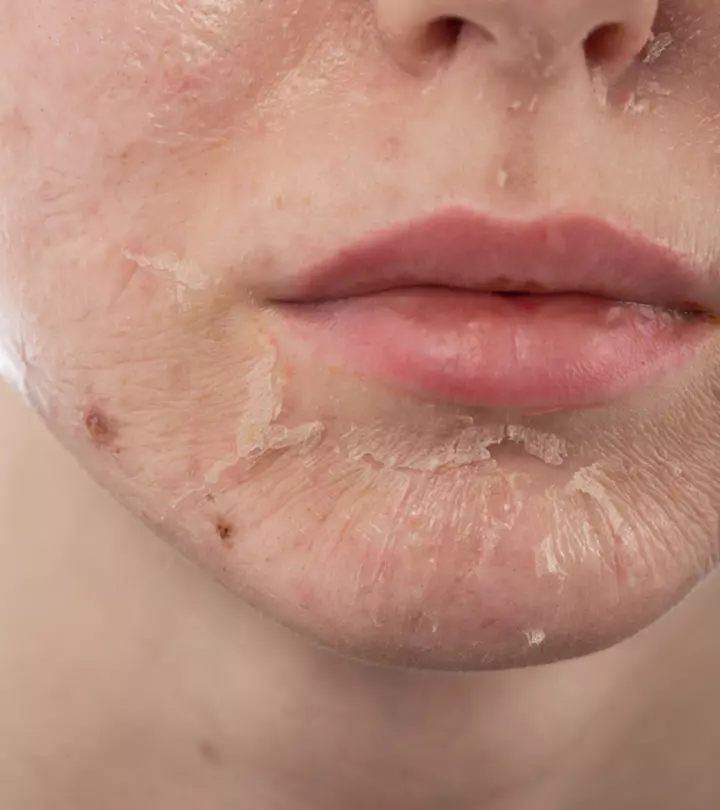

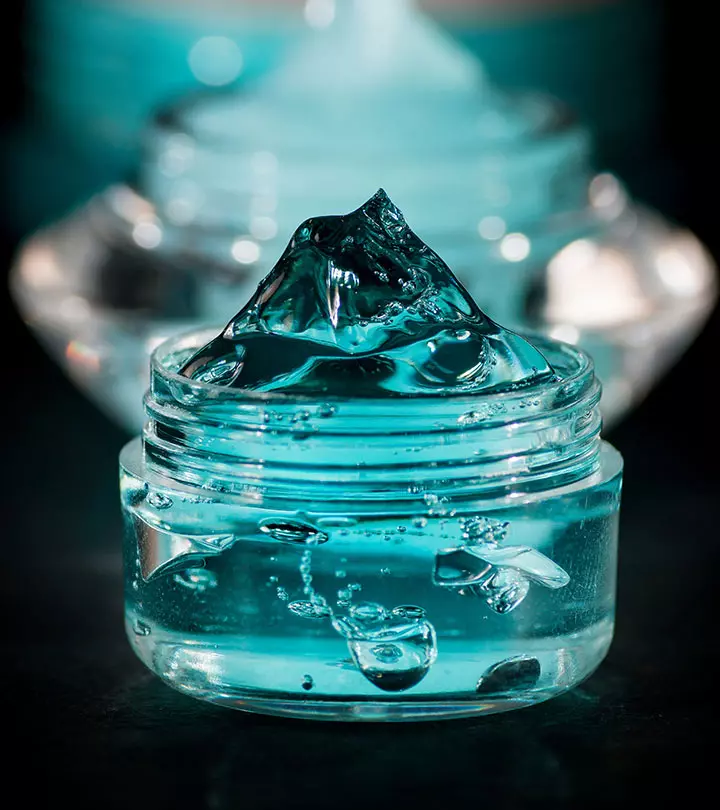
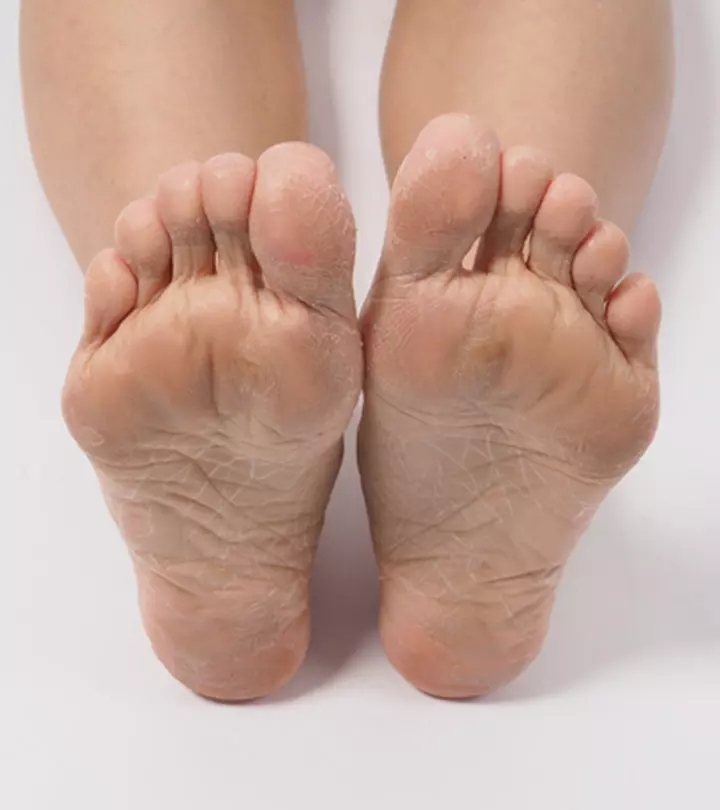

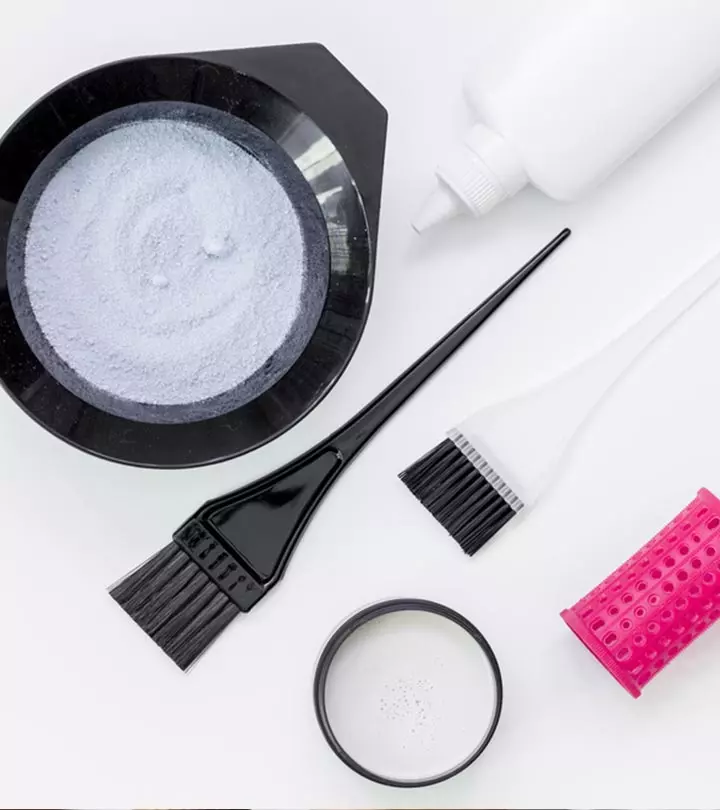





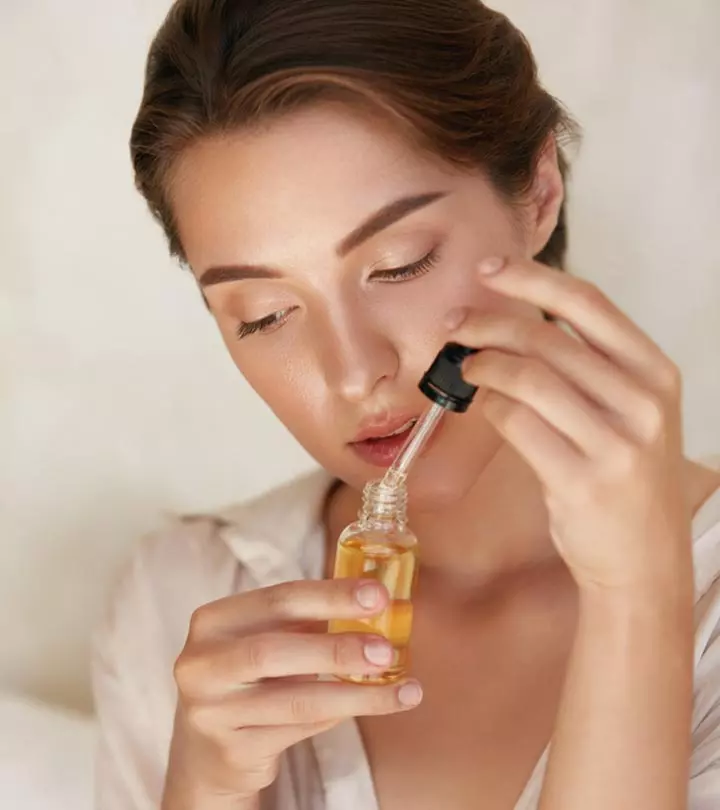

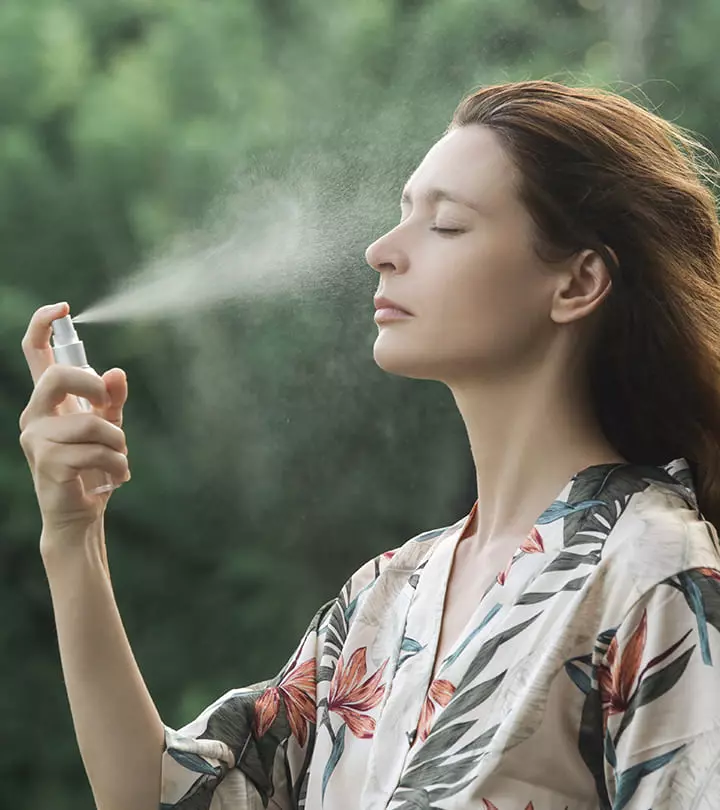


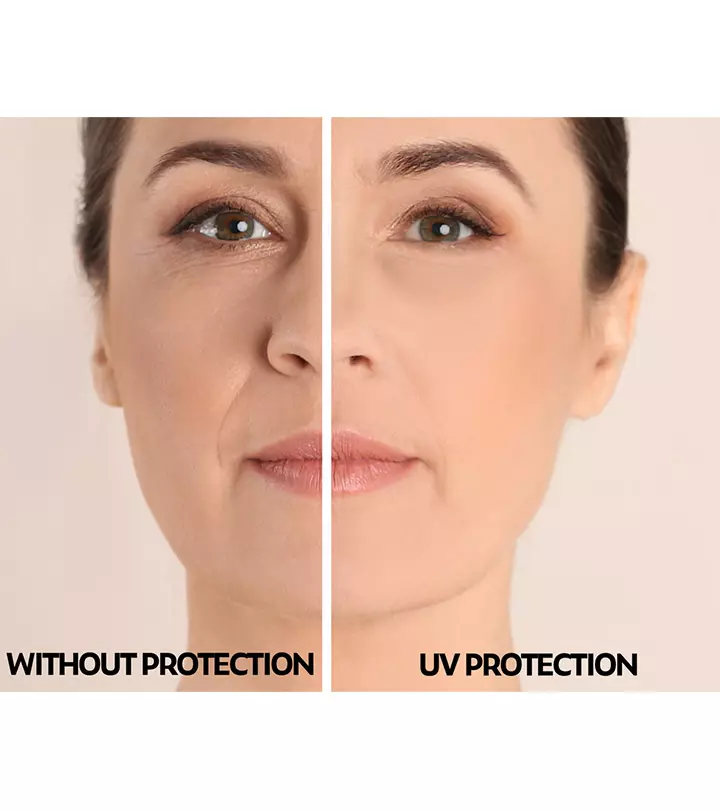

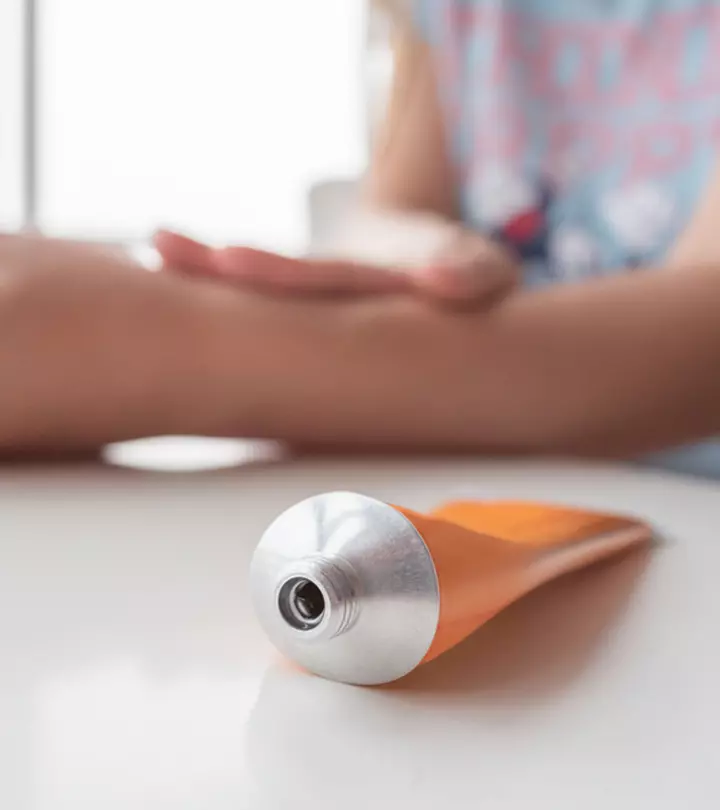

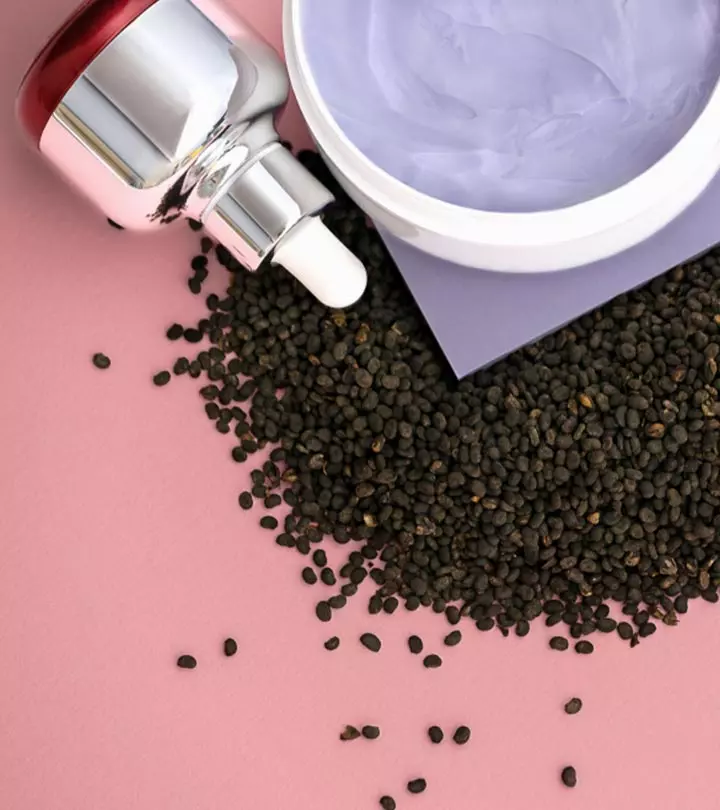
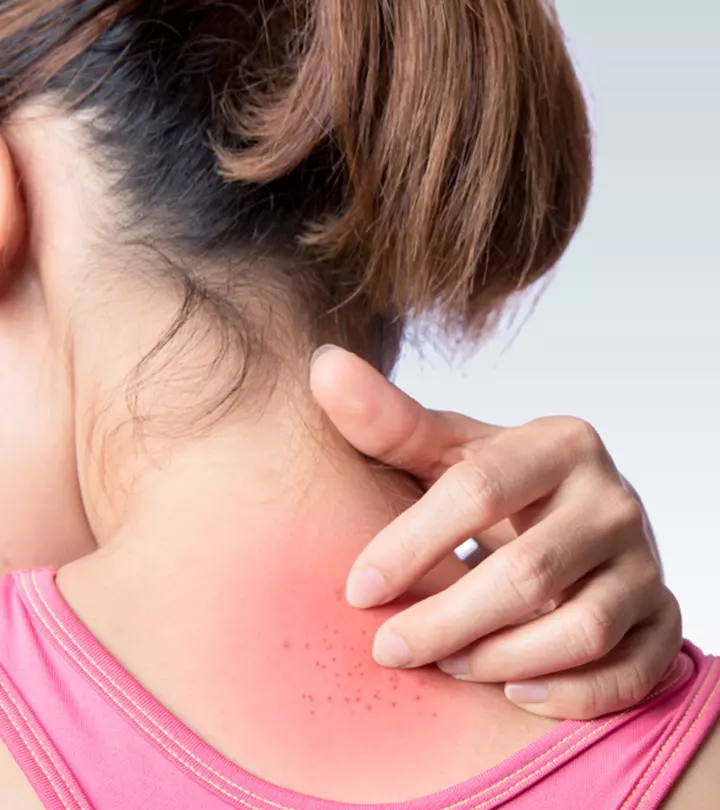
Community Experiences
Join the conversation and become a part of our empowering community! Share your stories, experiences, and insights to connect with other beauty, lifestyle, and health enthusiasts.